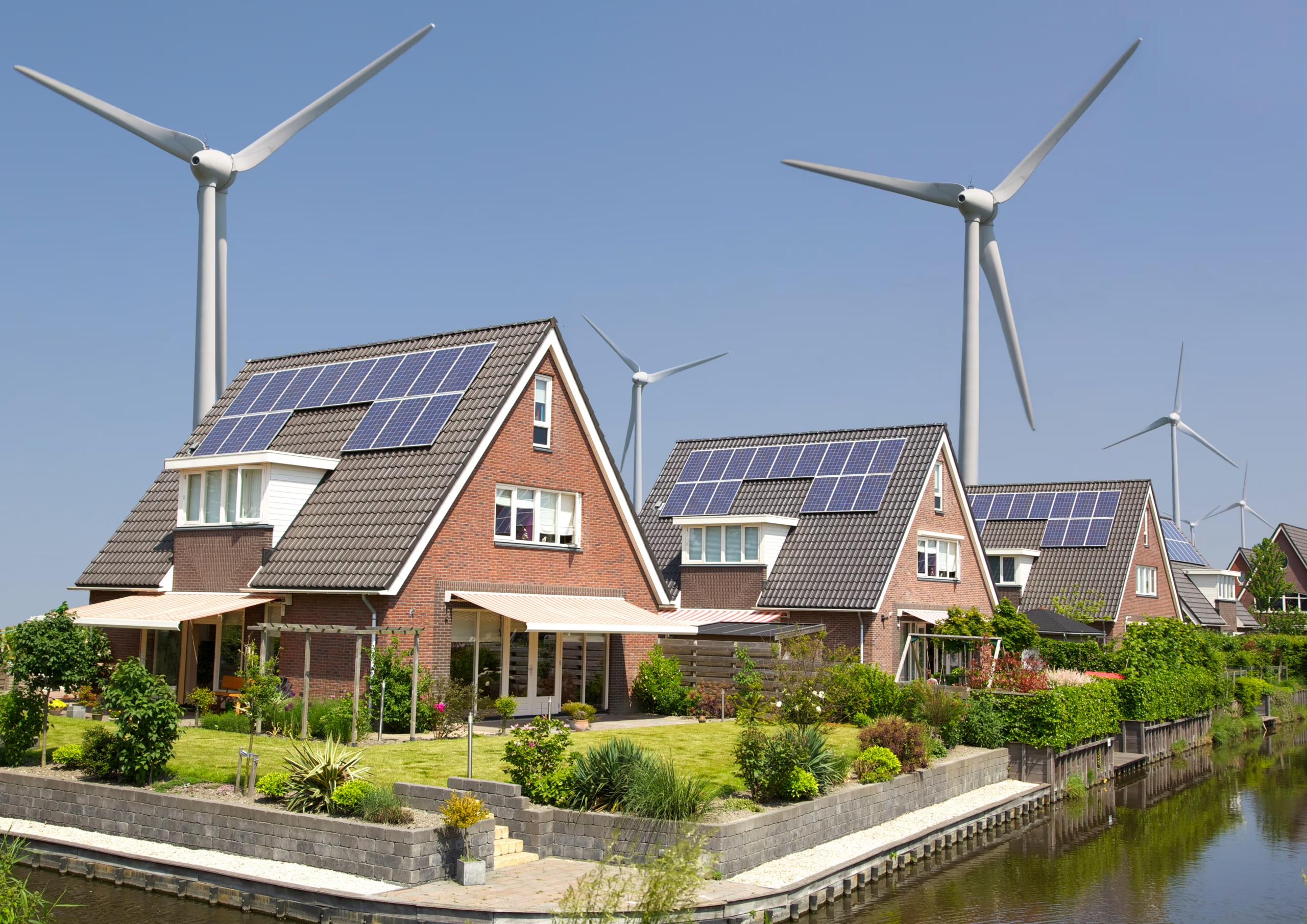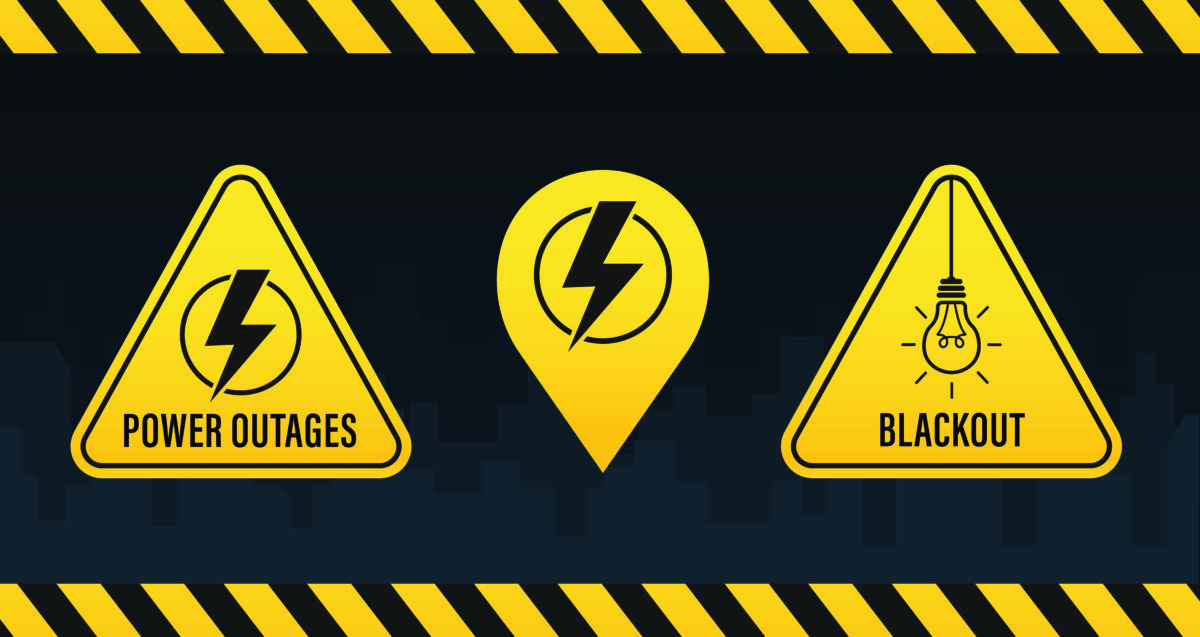Home wind turbines play an increasingly vital role in renewable energy generation. Large-scale wind power supplied 28.1% of domestic electricity by 2011. These small-scale renewable systems create clean energy for households and help stabilize the power grid’s frequency balance. The power grid needs to maintain specific frequencies—50 Hz in many regions and 60 Hz in others. This frequency balance proves significant to grid stability.
Small wind turbines at home do more than just generate personal energy. These turbines can now come with controls that give them important grid support functions. A home wind turbine can boost its power output quickly if the grid frequency drops, which helps keep the whole system stable. Power producers welcome this kind of grid balancing support. To name just one example, see that 19.3% of Americans live in rural areas with enough land to set up wind energy systems.
Understanding Frequency Balancing in Home Wind Systems
The balance between power generation and consumption determines electrical grids’ frequency stability. Small wind turbines connected to home systems need this balance to work properly and support the grid.
Why Grid Frequency Matters for Small Wind Turbines
Power grids run at specific frequencies—50 Hz in many regions and 60 Hz in others. Small changes from these standards can cause inefficiencies, damage equipment, and lead to grid failures. Wind power’s growing presence reduces synchronous generators, which weakens the power grid’s frequency response capability.
Small wind turbines must stay connected within certain frequency ranges. They can disconnect only when frequency drops too low or goes too high. Home wind turbines help regulate frequency through primary control by responding to frequency changes or secondary control through power reduction. The inertial response helps stabilise frequency before control systems kick in. This response, which releases or absorbs kinetic energy after a power imbalance, lasts 3-5 seconds.
Challenges of Variable Wind Speed and Synchronisation
Wind energy’s unpredictable nature creates major challenges for grid integration. Wind power generation varies greatly by hour, day, and season. Home wind turbines differ from traditional power sources. They feed real power variations into the upstream grid, while their reactive power use often links to real power output.
Grid synchronisation requires matching the wind turbine generator’s speed and phase. Fixed-speed turbines face special challenges due to their S-shaped characteristics. These make it hard to align stator voltage with grid voltage when there’s no load. Variable-speed units offer better solutions. They can adjust rotor voltage frequency through converters—this electronic process works faster than mechanical adjustments and creates more stable grid synchronisation.
Variable speed operation brings its own challenge. Power electronic converters between the machine and network separate the generator stator from the system. This makes the machine unresponsive to grid frequency changes. Home wind turbines need special control strategies to support frequency, especially in grids with high wind power usage.
Control Technologies for Frequency Support
Small wind turbines now come with advanced control systems that help support grid frequency. These systems are becoming crucial as renewable energy replaces traditional power sources to maintain stable power systems.
Inertial Response in Small Wind Turbines
The inertial response acts as a natural reaction when frequency suddenly drops. It pulls stored kinetic energy from the rotating parts of turbine-generator units. Home wind turbines show this response for 3-5 seconds, which gives immediate stability before other controls kick in. Power electronics interfaces separate most wind turbines from the grid. These interfaces block frequency changes and stop natural responses, even though the turbines have enough inertia like standard generators.
Synthetic Inertia via Power Electronics
Small wind turbines can’t naturally react to grid frequency changes, so engineers developed synthetic inertia technology. This system changes the turbine’s power output when system frequency shifts. The turbine controller uses extra control loops that let the wind turbine generator adjust electromagnetic torque based on frequency changes. Control parameters can adjust this response strength. Research shows a value of 3.5 gives the best frequency support. Tests confirm that wind turbines with synthetic inertia controls respond just like standard generators during frequency events.
Frequency Droop Control in Grid-Tied Inverters
Frequency droop control serves as another key mechanism for grid support in small wind turbines. The system produces power based on frequency changes using a droop value between 4-12%. Unlike instant inertial response, droop control offers longer-lasting primary frequency support. Grid-tied inverters in home wind turbines often use this control to connect with household electrical systems. The biggest problem with droop control in wind turbines comes from wind’s unpredictable nature, unlike conventional fuels.
Hardware and Inverter Configurations
Choosing the right inverter plays a key role when connecting a home wind turbine to the electrical grid. These devices turn DC electricity from wind turbines into AC electricity that matches the grid’s requirements.
Grid-Forming vs Grid-Following Inverters
Grid-forming and grid-following inverters work differently based on their reference voltage source. Grid-forming inverters create their own voltage reference. Grid-following inverters match an existing grid waveform. This difference affects stability and how they work by a lot. Grid-forming inverters give you several benefits. They can work in islanded mode, handle weak grids, and provide black start capabilities and inertia. Grid-following inverters are simpler to control but stop working during grid outages. Small wind turbine setups benefit from grid-forming inverters, especially when you need power during outages.
Low-Voltage Ride-Through Capabilities
Low-Voltage Ride-Through (LVRT) lets wind turbines stay connected when grid voltage drops due to faults. Wind turbines would disconnect without this feature and make grid instability worse. Today’s grid codes need wind turbines to handle voltage drops to zero at the Point of Connexion for up to 0.15 seconds. The turbines must also help with voltage support by providing reactive current during these events. Home wind systems use advanced control algorithms and hardware like DC-link supercapacitors to achieve LVRT.
Future Outlook for Home Wind and Grid Stability
The rise of home wind systems shows a trend toward deeper integration with smart grids and better frequency stabilisation techniques. Smart grid management breakthroughs have become vital as renewable sources continue to grow.
Wider Control Areas and Distributed Balancing
Grid operators have found a promising solution to handle frequency fluctuations from small wind turbines by expanding balancing regions. When smaller control areas combine into wider geographical regions, operators can access more varied balancing resources. This expansion helps surplus electricity move faster from one area to another where there’s a shortage, which keeps the system balanced. These wider control areas need advanced communication infrastructure and smart control algorithms to use resources effectively.
Role of Energy Storage in Frequency Regulation
Energy storage systems serve as vital buffers for small wind turbine installations. They store extra energy during high production and provide power when needed. This smoothing helps keep grid frequency stable. Studies show that wind turbines and storage working together can reduce the amount of storage capacity needed. Batteries or supercapacitors provide short-term storage that quickly responds to grid signals.
Smart Grid Integration of Home Wind Systems
Modern home wind turbines now come with advanced control systems that actively support grid stability. These systems adjust power output quickly when frequency changes occur. Wind turbines need to help maintain stability as conventional power plants shut down. Smart grid technologies that use immediate data collection and forecasting models help predict wind generation and make systems work better.
Conclusion
Home wind systems show great promise as control areas expand and energy storage technology improves. Smart grid integration will boost residential wind power’s role in system stability. These distributed renewable resources will take on more responsibility to maintain grid frequency as conventional power plants phase out.
Homeowners who want to install wind turbines should review both their energy production potential and grid support capabilities. The original costs are high, but energy independence combined with grid stability support makes these systems an attractive choice for environmentally responsible energy transition.






